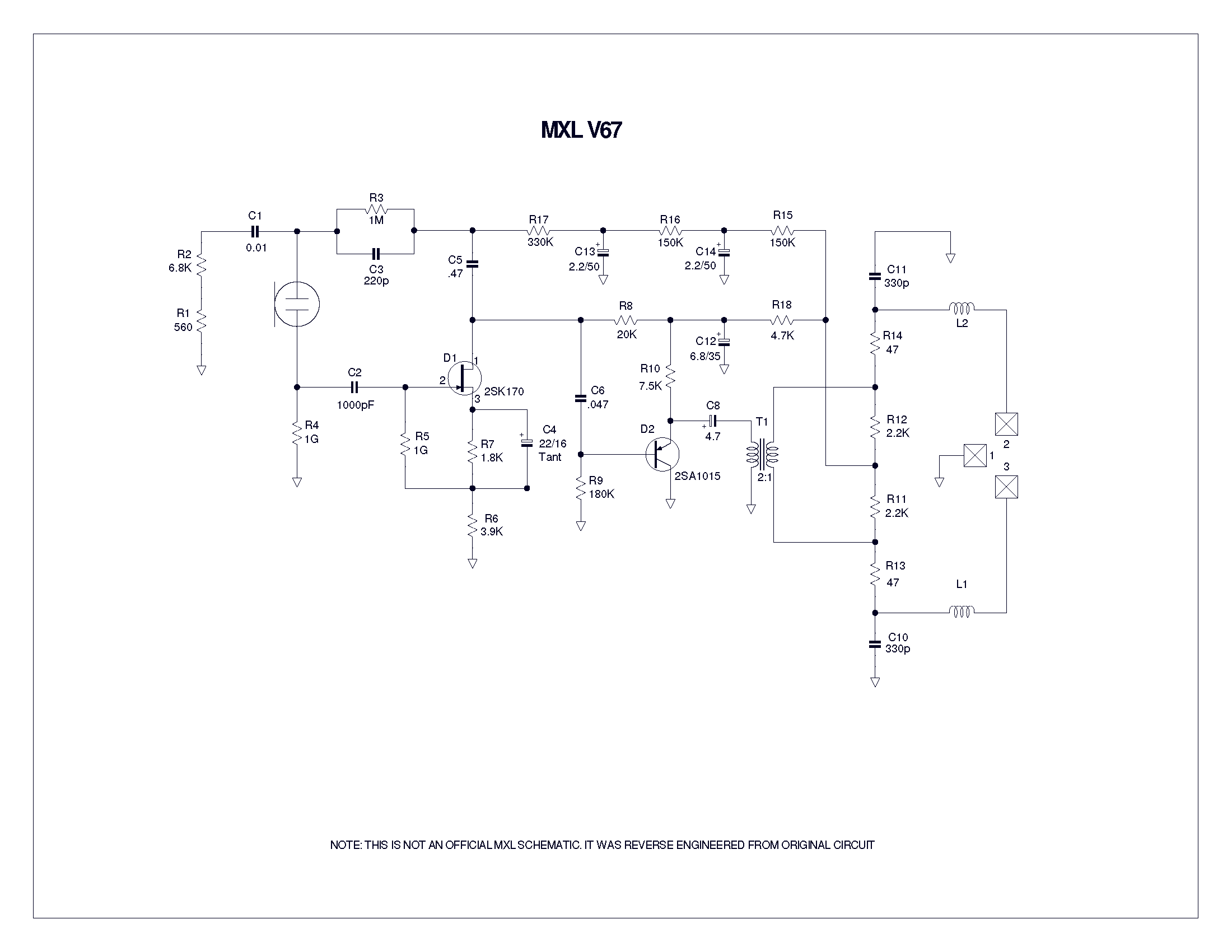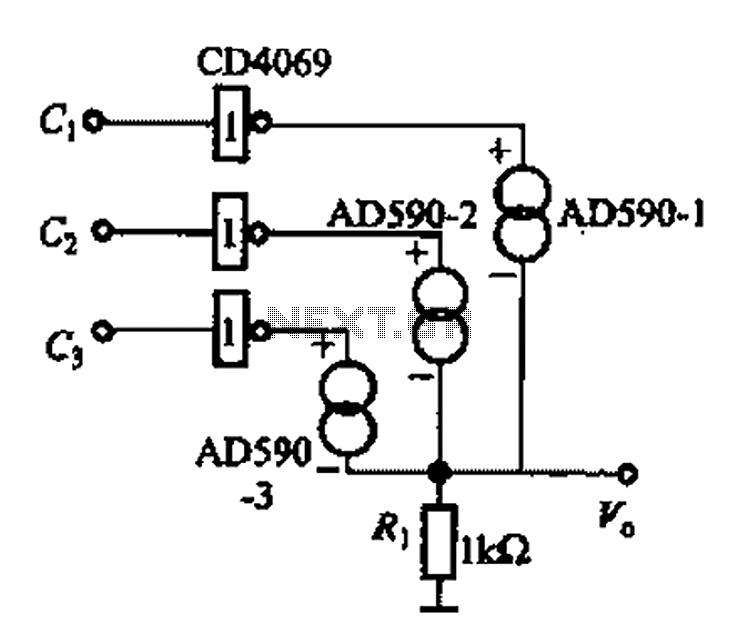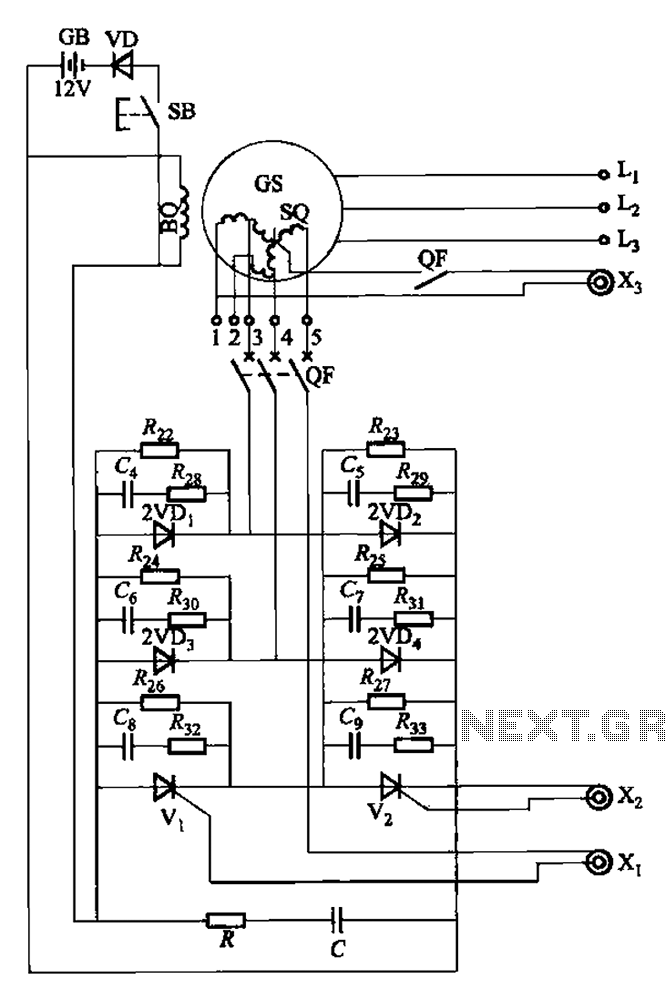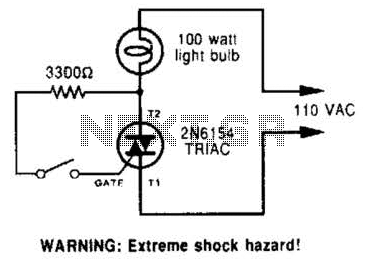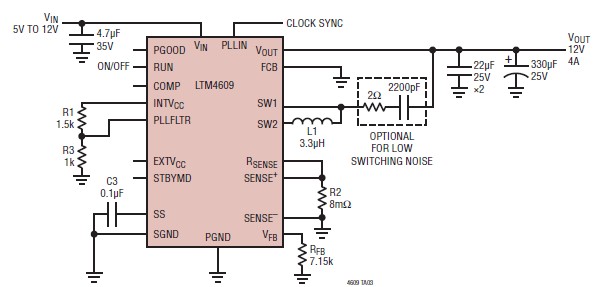
A five inverter circuit
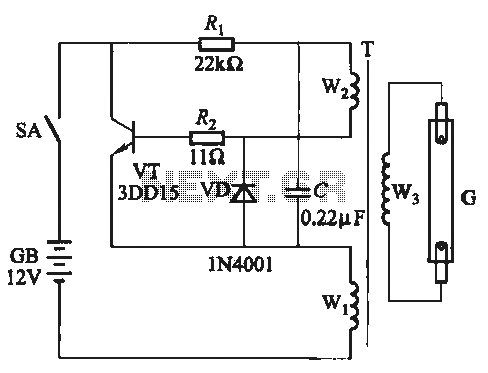
A self-excited transistor inverter circuit is designed for improved performance and features a relatively simple schematic. It is suitable for driving fluorescent lamps with a power rating between 8 to 40 watts. This inverter can operate stably even when the power supply voltage varies within 20% of its nominal value.
The self-excited transistor inverter circuit utilizes a feedback mechanism that allows it to maintain oscillation without requiring an external power source. The circuit typically consists of a few key components: transistors, resistors, capacitors, and a transformer. The transistors function as switches that alternate the current flow through the transformer, generating an alternating current (AC) output suitable for fluorescent lamp operation.
The feedback loop is established through a combination of resistors and capacitors, which help to stabilize the oscillation frequency and ensure that the inverter remains operational under varying input conditions. The transformer not only steps up the voltage to the required level for the fluorescent lamps but also provides isolation between the low-voltage control circuit and the high-voltage output.
In practical applications, the inverter is designed to handle input voltage fluctuations, making it ideal for environments where the power supply may be inconsistent. The circuit's simplicity allows for easy assembly and troubleshooting, making it accessible for both hobbyists and professionals in electronics. Overall, this self-excited transistor inverter circuit represents an efficient and reliable solution for powering fluorescent lighting systems.Self-excited transistor inverter circuit. These types of inverters better performance, but also relatively simple diagram 2-122, available for 8 ~ 40W fluorescent lamps. When the power supply voltage is within 20% of the soil changes, which can operate stably.
The self-excited transistor inverter circuit utilizes a feedback mechanism that allows it to maintain oscillation without requiring an external power source. The circuit typically consists of a few key components: transistors, resistors, capacitors, and a transformer. The transistors function as switches that alternate the current flow through the transformer, generating an alternating current (AC) output suitable for fluorescent lamp operation.
The feedback loop is established through a combination of resistors and capacitors, which help to stabilize the oscillation frequency and ensure that the inverter remains operational under varying input conditions. The transformer not only steps up the voltage to the required level for the fluorescent lamps but also provides isolation between the low-voltage control circuit and the high-voltage output.
In practical applications, the inverter is designed to handle input voltage fluctuations, making it ideal for environments where the power supply may be inconsistent. The circuit's simplicity allows for easy assembly and troubleshooting, making it accessible for both hobbyists and professionals in electronics. Overall, this self-excited transistor inverter circuit represents an efficient and reliable solution for powering fluorescent lighting systems.Self-excited transistor inverter circuit. These types of inverters better performance, but also relatively simple diagram 2-122, available for 8 ~ 40W fluorescent lamps. When the power supply voltage is within 20% of the soil changes, which can operate stably.
